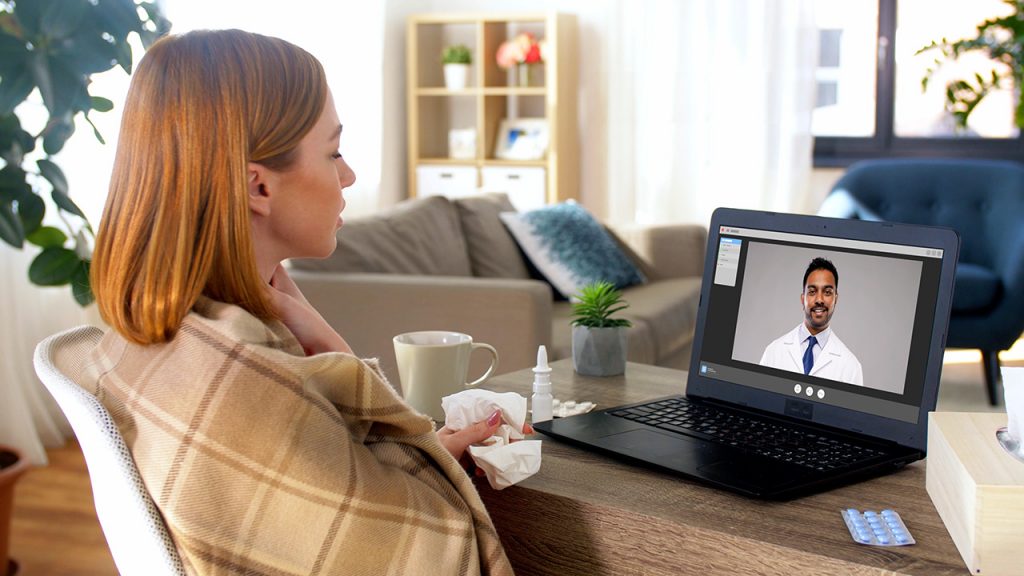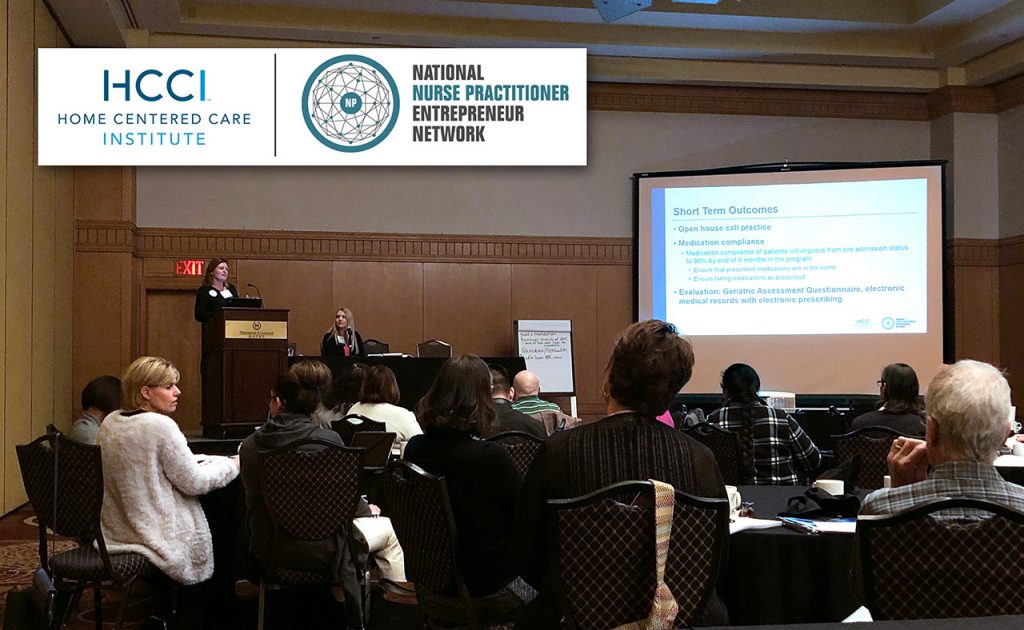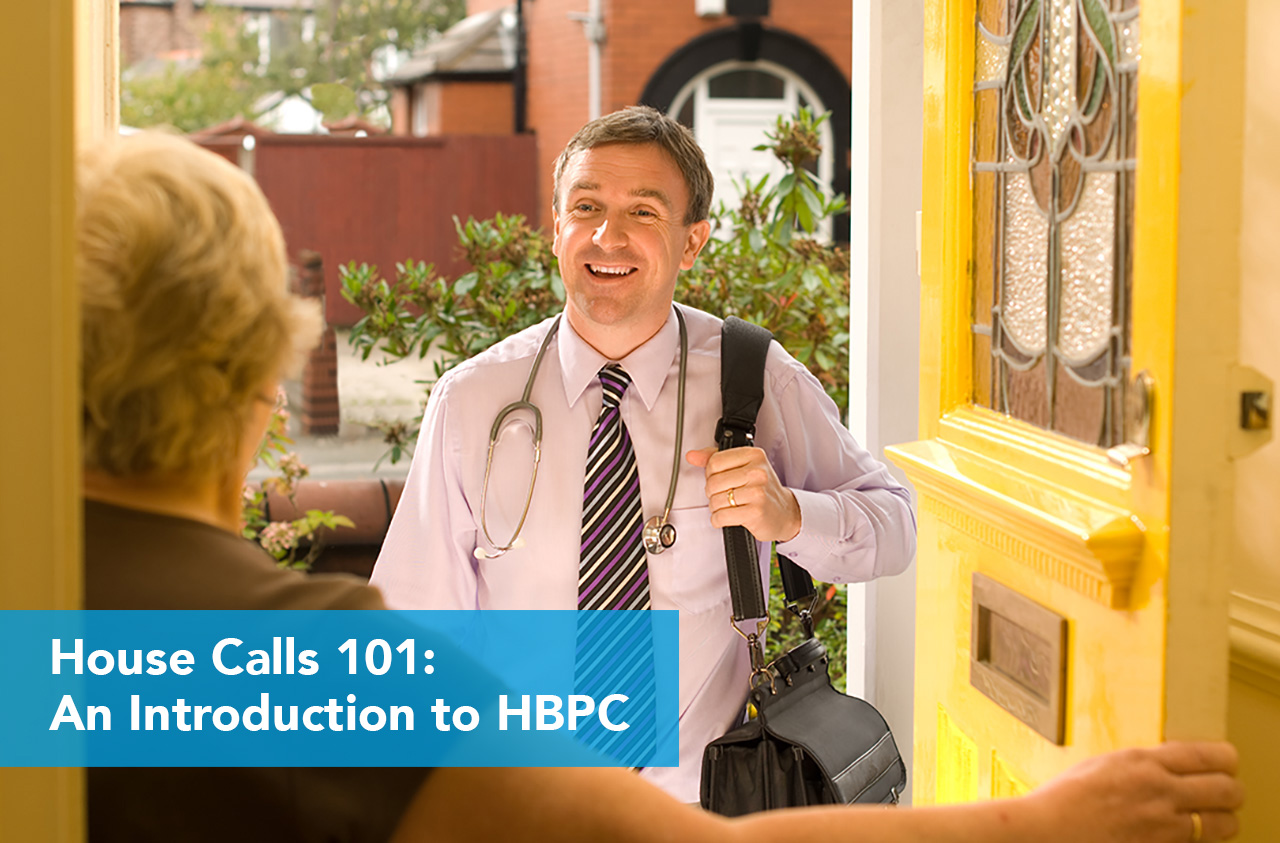About this Article:
Learn more about the HCCI House Call Practicum™ from one of its recent participants. The program offers a unique two-day ridealong, an individualized educational experience offering learners the opportunity to shadow both direct clinical care and back-office practice support.
Article:
Home-Based Primary Care (HBPC) describes the field of providing quality medical care in the home to patients who have difficulty obtaining, or are completely unable to access, office-based primary care. This is typically because they are frail, chronically ill, functionally limited and/or homebound. This type of care can provide many benefits, including the reduction of emergency room visits and hospital readmissions, along with improving overall health outcomes and reducing health care costs. One of the main goals of the Home Centered Care Institute (HCCI) is to educate providers and practices in providing HBPC, oftentimes referred to as “house calls.”
The HCCI House Call Practicum™, one of HCCI’s educational offerings, allows participants to acquire new knowledge and skills in house call operations and clinical care for medically complex patients in the home. For those considering adding house call services to their practice, the Practicum illustrates key fundamental processes, systems and approaches. For those already practicing HBPC, the Practicum provides an opportunity to improve upon what they’re currently doing by learning directly from leaders in the field.
 Earlier this year, Lynn Simpkins, Nurse Practitioner, Bon Secours Health System, participated in the Practicum with Cleveland Clinic, an HCCI Center of Excellence for Home-Based Primary Care and Practice Excellence Partner™. Simpkins has built her 30+ year career as a family and geriatric nurse practitioner and is currently focusing on home-based care. She recently shared takeaways from her Practicum experience with HCCInsights.
Earlier this year, Lynn Simpkins, Nurse Practitioner, Bon Secours Health System, participated in the Practicum with Cleveland Clinic, an HCCI Center of Excellence for Home-Based Primary Care and Practice Excellence Partner™. Simpkins has built her 30+ year career as a family and geriatric nurse practitioner and is currently focusing on home-based care. She recently shared takeaways from her Practicum experience with HCCInsights.
HCCInsights: What are some challenges that you face daily with your HBPC practice?
Simpkins: Like most providers, we have the challenge of a sick patient population but with the added complexity of providing those patients with care in a home setting. Social, financial and unique medical challenges all play into what we need to address.
HCCInsights: Why did you decide to participate in the HCCI House Call Practicum™?
Simpkins: In addition to the challenges I mentioned, during my work with our HBPC program, our practice has grown more than threefold. This growth has been amazing but posed challenges for us in keeping up with the demands that come with that success. Seeing how Cleveland Clinic manages its patient population of over 2,500 individuals helped me to find ways to apply a similar approach that will work for our team and allow us to successfully scale our program.
HCCInsights: What was Day One of the Practicum like?
Simpkins: I spent most of the first day with a nurse practitioner in the field going on house calls. My first impression of Cleveland Clinic’s program was that everything — systems, care, planning— seemed to be calm and seamless.
The technology used, including the software, also set the team up for success to best serve patients. It allowed the nurse practitioner I shadowed to be much more efficient because she was not constantly asking and answering questions through chats or over the phone, having to chart in another system, or needing to deal with connectivity issues.
It was also good to see how they managed one challenge associated with house calls that we previously faced – namely scheduling. We were giving our patients specific appointment times. However, it’s difficult to correctly estimate the amount of time needed to treat cases while factoring in traffic and other unforeseen circumstances. This led to us often being late. The Cleveland Clinic team schedules appointments in four-hour windows, which gives the provider some breathing room.
And, most important, the patient care during the house calls was, in a word, “fantastic.”
HCCInsights: After the first day, it sounds like you had a good sense of Cleveland Clinic’s care model. What did Day Two offer?
Simpkins: I spent time in the practice’s office with an administrator learning about their systems, guidelines, safety protocol, and more. This body of work is the core of what makes them so successful and able to offer great care. The administrator I worked with was so giving of her time and very transparent, which helped me see the inner workings of their processes and procedures.
I also had the chance to get a good overview of their back-end practices, such as how a referral is sent, how they handle emergencies, and how they manage their monthly staff meetings and training schedules. I also saw how their nurses triage patients over the phone to determine if they need to go to the hospital or can be cared for by an HBPC provider. Plus, I learned a lot from their billing team about their practices.
HCCInsights: What were you surprised to learn during the Practicum?
Simpkins: One of the most surprising, yet incredibly useful, things I learned about, as I mentioned previously, was their block scheduling in four-hour increments. In the past, we had many patients refuse appointments because the proposed times didn’t work for their schedule. Cleveland Clinic sets visit expectations with their patients from the beginning. It was clear that block scheduling benefits both patients and providers.
HCCInsights: Were there any learnings from the Practicum you were able to implement right away in your practice?
Simpkins: Yes, we started reviewing some of our procedures right away, like our safety guidelines, and began to apply what I learned. We have also continued to implement the teachings from the Practicum throughout the year. For example, right now, we are working to move nurses away from scheduling so that they can focus solely on clinical work.
HCCInsights: What would you tell future Practicum participants?
Simpkins: The program is very worthwhile no matter what stage of practice you are in – because the activity is very individualized. For example, if you are currently offering HBPC, it gives you an opportunity to improve. If providing home care is new to you, you can begin with strong principles and practices from day one.
____________________________________________________________________________
To learn more about the HCCI House Call Practicum™ program and/or register, click here. There’s also an optional one-day Telemedicine Elective shadowing opportunity, also presented by Cleveland Clinic, that can be added on to the two-day Practicum, or attended on its own.














